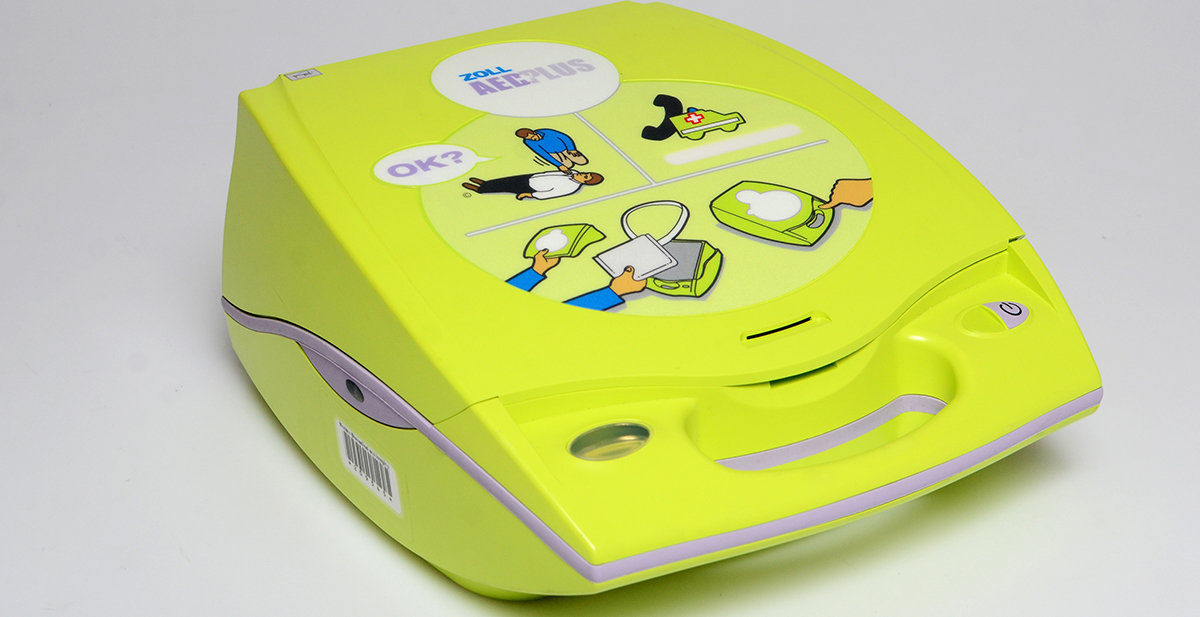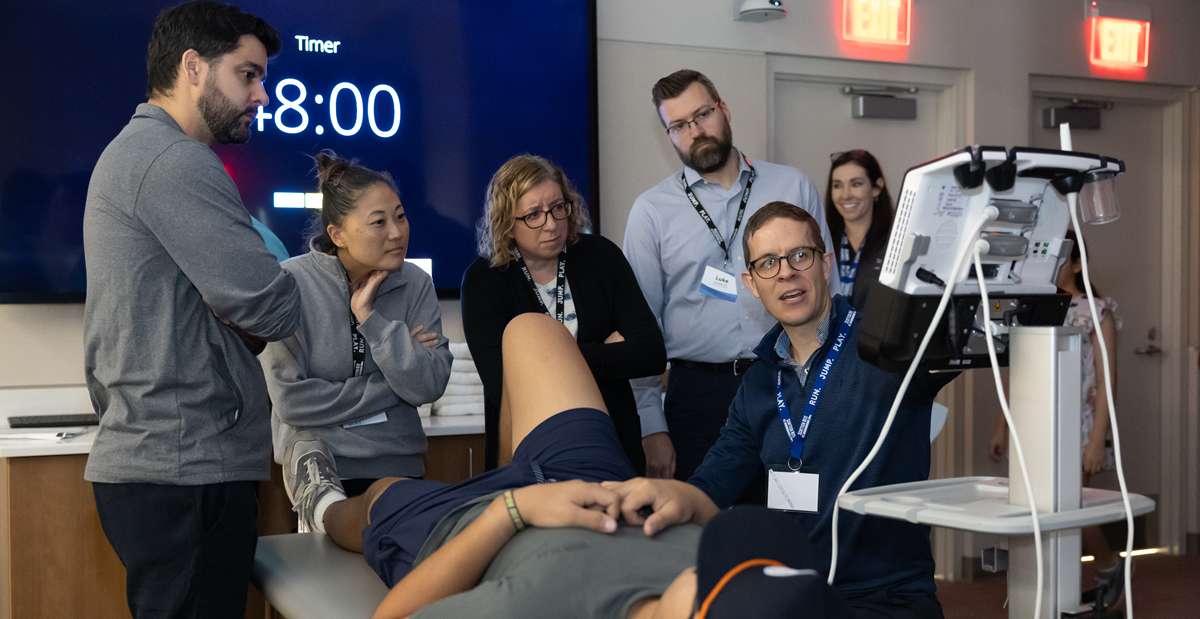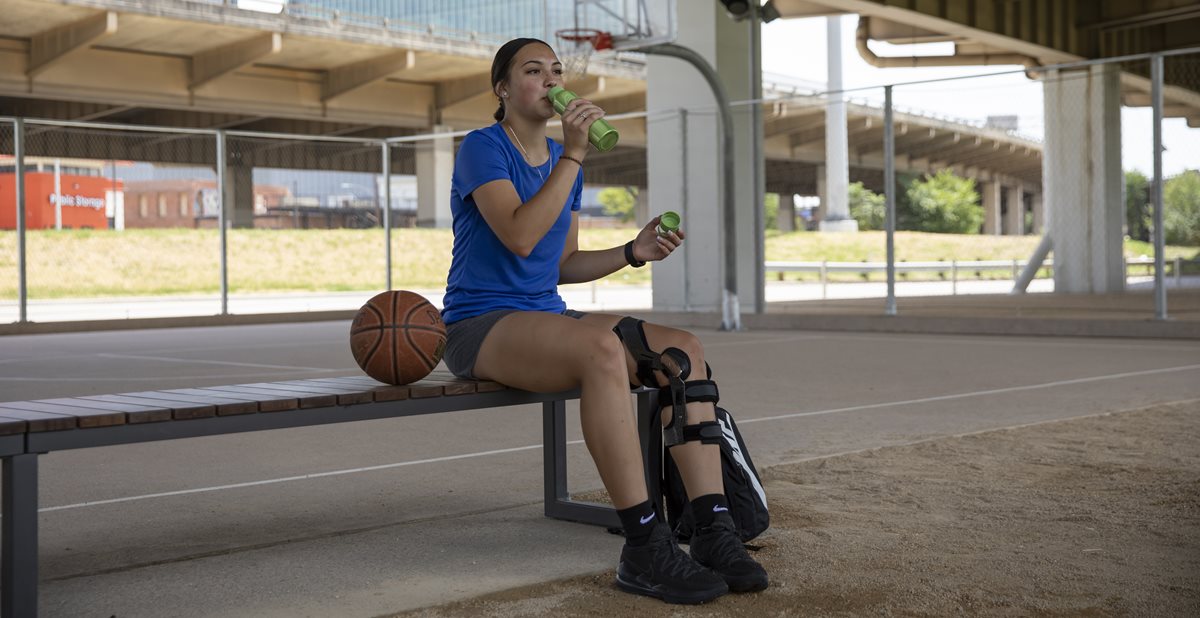
Aug 19, 2016 / Sports Medicine
Planning for a Safe Season – What Parents and Coaches Can Do to Be Prepared – Sports Medicine
The to-do lists for coaches and sports administrators are very long in the fall. It’s time to meet new players, evaluate the condition and skills of each player, inform the parents of rules and schedules, and get the playbook finalized. What may get overlooked is the emergency plan and training. Shane Miller, M.D., our sports medicine physician with a background as a firefighter and EMT, has some tips for parents and coaches. These suggestions are compiled from his years of experience as well as the evidence that continues to develop in the fields of trauma and sports medicine.
Parents
- Take the preseason physical process seriously. With an accurate and thorough history and exam, the family doctor can identify conditions that may need special attention during the season.
- Get to know the athletic trainer and emergency protocols. Not all leagues and schools have athletic trainers, but they should all have emergency protocols.
- Ensure your child’s equipment fits correctly and is worn properly. Poorly fitting equipment misses the mark for protecting the child in the way it is designed. In some cases, this can even cause an injury.
- Learn signs and symptoms of problems that put young athletes at risk. No one knows your child better than you do. Learn the signs and symptoms of a concussion, heat illness and overuse injuries. Taking the right steps when you recognize these can make all the difference for your athlete.
- Check the condition of the field and access to emergency personnel. When arriving at practice or a competition, assess the conditions. Is the field in good condition? Is there an automatic external defibrillator (AED) present and accessible? Is there an ambulance or athletic trainer on-site or will 911 be used for emergencies?
Coaches and Athletic Trainers
- Know your athletes’ major medical conditions and injuries. Because each athlete is unique, it has become more important to recognize individual needs. For example: For an athlete with exercise-induced asthma, an extra lap may cause serious problems. For someone with an overuse injury, ignoring activity restrictions can shorten his or her season rather than improve performance.
- Review and practice critical decisions and emergency procedures. Establish a plan for making and communicating decisions about weather conditions from heat and humidity to lightning. Identify what resources are available for first aid at each event and how to respond in various emergencies. In many organizations, this is documented in a comprehensive Emergency Action Plan (EAP).
For more information about pediatric sports medicine and injury prevention, please visit our Sports Medicine page.



